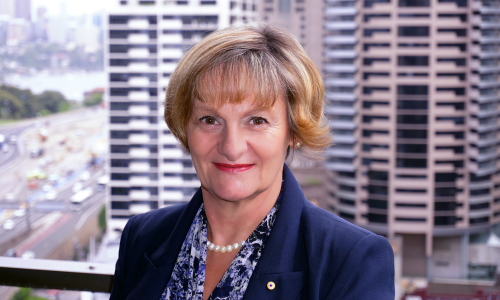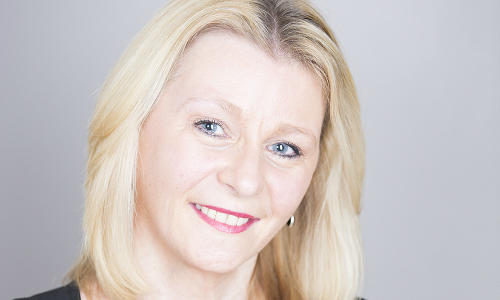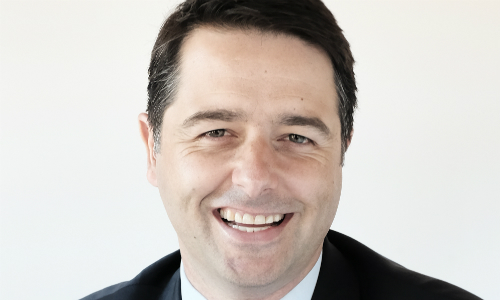The goodwill towards employing people with disabilities isn’t translating into jobs. What must happen to change that?

Suzanne Colbert AM
CEO, Australian Network on Disability
“It’s important to indicate your interest in a diverse workforce. You need to call it out specifically, as diversity to many people means gender.”
“The good news is Australian businesses – both SMEs and larger organisations – are willing to employ people with a disability. They have a positive attitude, but people often need confidence and support to be effective managers when it comes to employees with disabilities, as there is uncertainty about this area.
“One way to overcome this is to talk to other employers. Australian Network on Disability is like a self-help club for businesses to learn from others about what to expect and how to improve. We help to support and upskill people managers in the recruitment and management of people with disabilities.
“Attitudinal changes may be required. Talent comes in different packages, and you need to be open to sourcing different packages.
“Organisations also need to be explicit about their interest in recruiting candidates with a disability. It is important to include welcoming messages on your recruitment website and to indicate your interest in a diverse workforce. You need to call it out specifically, as diversity to many people means gender.
“For many candidates with a disability, the recruitment process itself can be a significant hurdle. Online recruitment can create a barrier and excludes lots of people. Consider providing a human to speak to so people with a disability can get information about the requirements of the position. Also, talk about the outcomes and inherent skill requirements, as this makes it easier for people to self-select.”
About: Suzanne Colbert AM is the founding CEO of the Australian Network on Disability, an organsiation that supports businesses to welcome people with disability. Colbert participates in government advisory groups and is a field expert for the Global Business and Disability Network. In 2013, she was included in the AFR/Westpac 100 Women of Influence.

Amanda Lawrie-Jones
Senior disability consultant, Accessible Action
“Often people haven’t had that much exposure to disability. Once they do, the penny drops and they go: ‘Okay I get it’.”
“From personal experience, I find the biggest problem is the fear factor, as people often don’t understand disability. Unlike gender – where it is a case of male or female – disability is so diverse it can be hard for people to know what to expect. People also worry they will say or do the wrong thing.
“One way to overcome this uncertainty is to establish a disability employee network within the organisation. This increases the exposure of senior management and line managers to disability and makes people feel more comfortable. Often people haven’t had that much exposure to disability. Once they do, the penny drops and they go: ‘Okay I get it’.
“Getting support from the top is also essential. I think this issue needs to be included in KPIs from both the diversity and accessibility perspectives. Often it is less confronting if it has an accessibility lens on it.
“Candidates with a disability often need help through the recruitment process. One suggestion is to include a person with a disability on the interview panel. Some organisations give people an automatic interview if they meet all the criteria and voluntarily disclose they have a disability in their application.
“Creating a supportive environment is also important. Ensure you have a public disability statement on your website and make it quite noticeable. It shows the organisation has it on their agenda, so people with a disability are more likely to feel it is worthwhile applying.”
About: Amanda Lawrie-Jones is an HR professional and diversity & inclusion consultant, with a focus on disability. Amanda has a range of board experience, including Equal Employment Opportunity Network (EEON), Independent Disability Services, City of Melbourne Disability Advisory Committee. She is also President of Scleroderma Victoria

Alastair McEwin
Disability Discrimination Commissioner, Australian Human Rights Commission
“Lots of employers think it is too hard and too complex, so that’s a major attitudinal barrier. Stigmatisation of disability is common.”
“The key to successfully employing someone with a disability is a willingness to be flexible. If you acquire a disability and, say you only want to work in the office four days instead of five, how is that different from a young mother who needs to work at home from time to time? People focus on the disability and the problems, not the person’s ability to do the job.
“Employers also tend to focus on the cost of any workplace adjustments the candidate requires. Our research shows around 90 per cent of adjustments in the workplace cost $10,000 or less and government reimbursement is available. Many of them are things such as new software or mobile devices, and are not that expensive.
“The culture has to be accommodating. The CEO may say this is the right thing to do, but other managers may not. What is required is strong, firm leadership.
“For many candidates, difficulties begin at the recruitment stage. I’ve heard so many stories about how people with disabilities can’t even apply for a job. For example, if they are blind or vision impaired, the online process can exclude a whole cohort of employable people.
“The interview process for people with disabilities can also be challenging. If a person has an obvious disability, often that leads an employer to over-react about the problems it may create.”
Alastair McEwin has been Australia’s Disability Discrimination Commissioner since August 2016. Prior to this, he was chairperson of the NSW Disability Council, the official advisory board to the NSW government on disability issues. He was also the President of the Deaf Society of NSW and chairperson of the Australian Theatre of the Deaf.
Applications open for the AHRI Awards 2017
Have you initiated a great disability employment program? Get recognition for your organisation’s program at the AHRI Awards 2017. Applications close 17 May 2017.


I had a physical and depression anxiety disability. I got transferred to a section, a call centre where I was told by HR I would be accommodated in my time off my limitations work hours start and finish times and time to study online to qualify for as future position. GREAT HUH. The reality was 6 WEEKS as nd many requests to get access to course. Fixed start and finish times no down time allowed when anxiety and depression takes hold. Written up for list days even with medical certificate. Calls to HR went unheeded and resultant “we have tried… Read more »
It is unfortunate that a lot of organisations do not design any of their positions well so do not really understand the competencies needed to produce the outcomes. We have worked with many organisations including disability organisations and have seen situations where the person with disability probably the most competent but as you say “judged” on other than competency. There are exceptions with the satisfaction of employing a totally blind CEO for a peak body.
I believe the emerging technology for recruiting will assist matching competencies correctly and will assist people with disabilities and other groups.